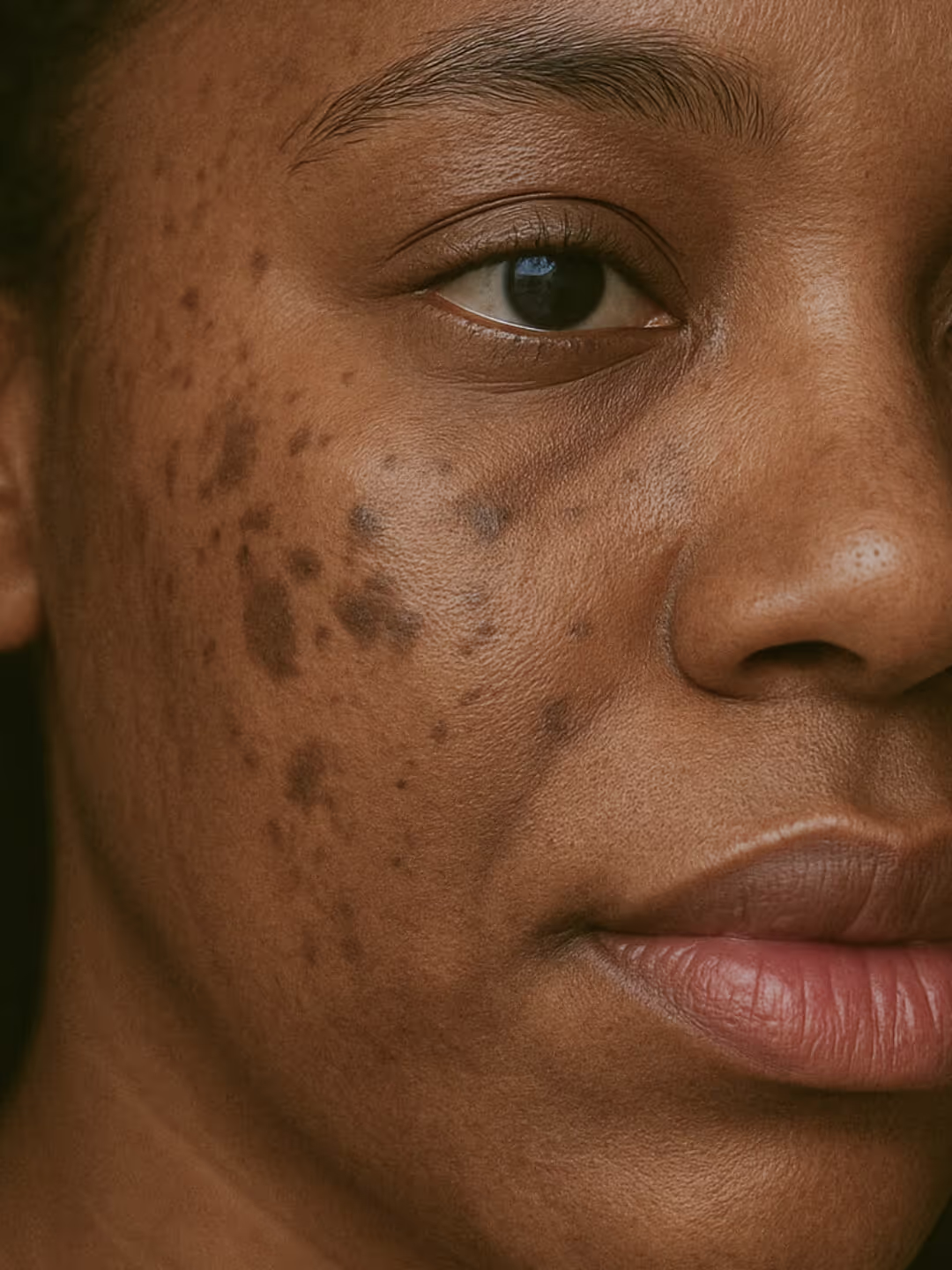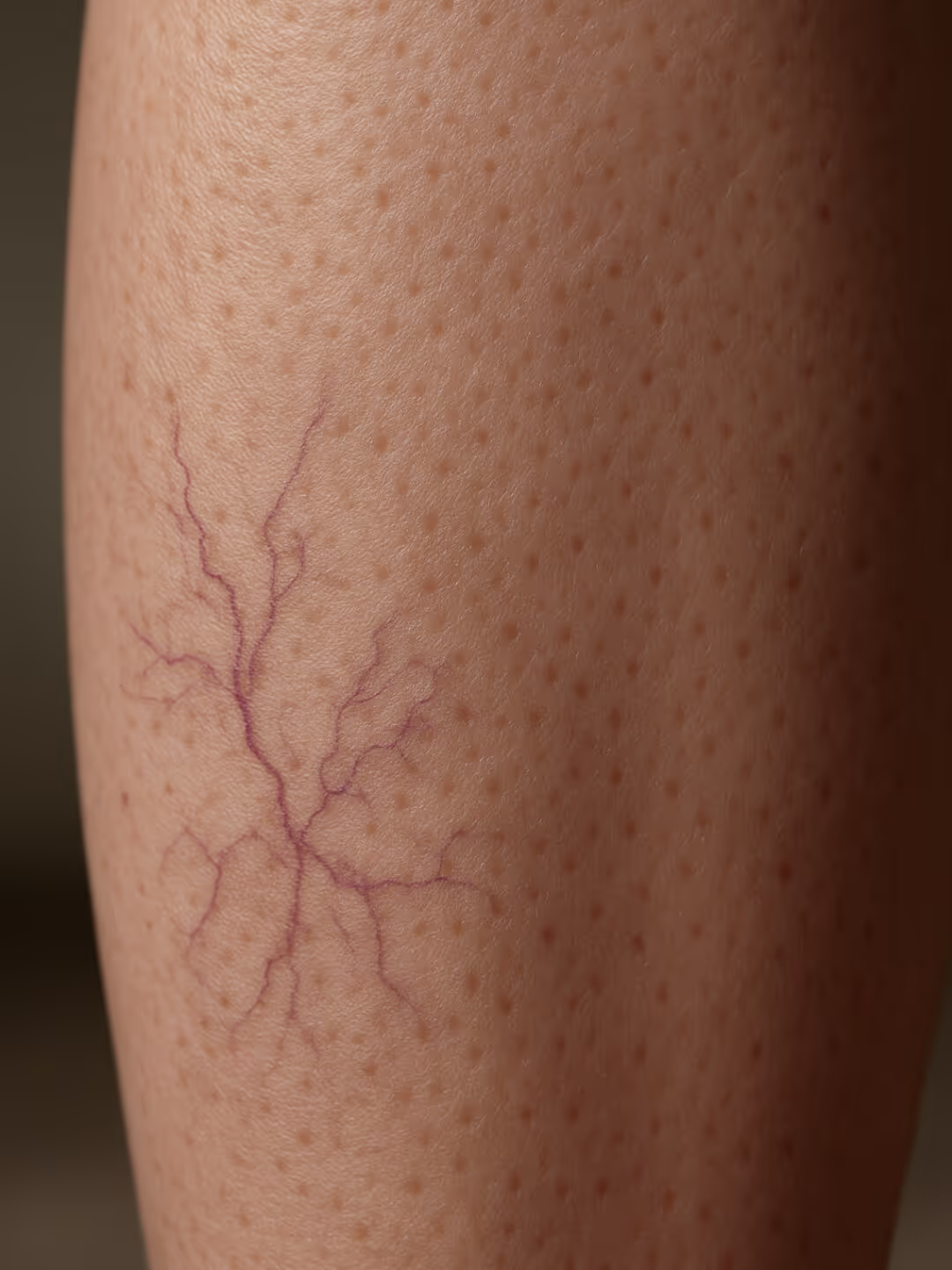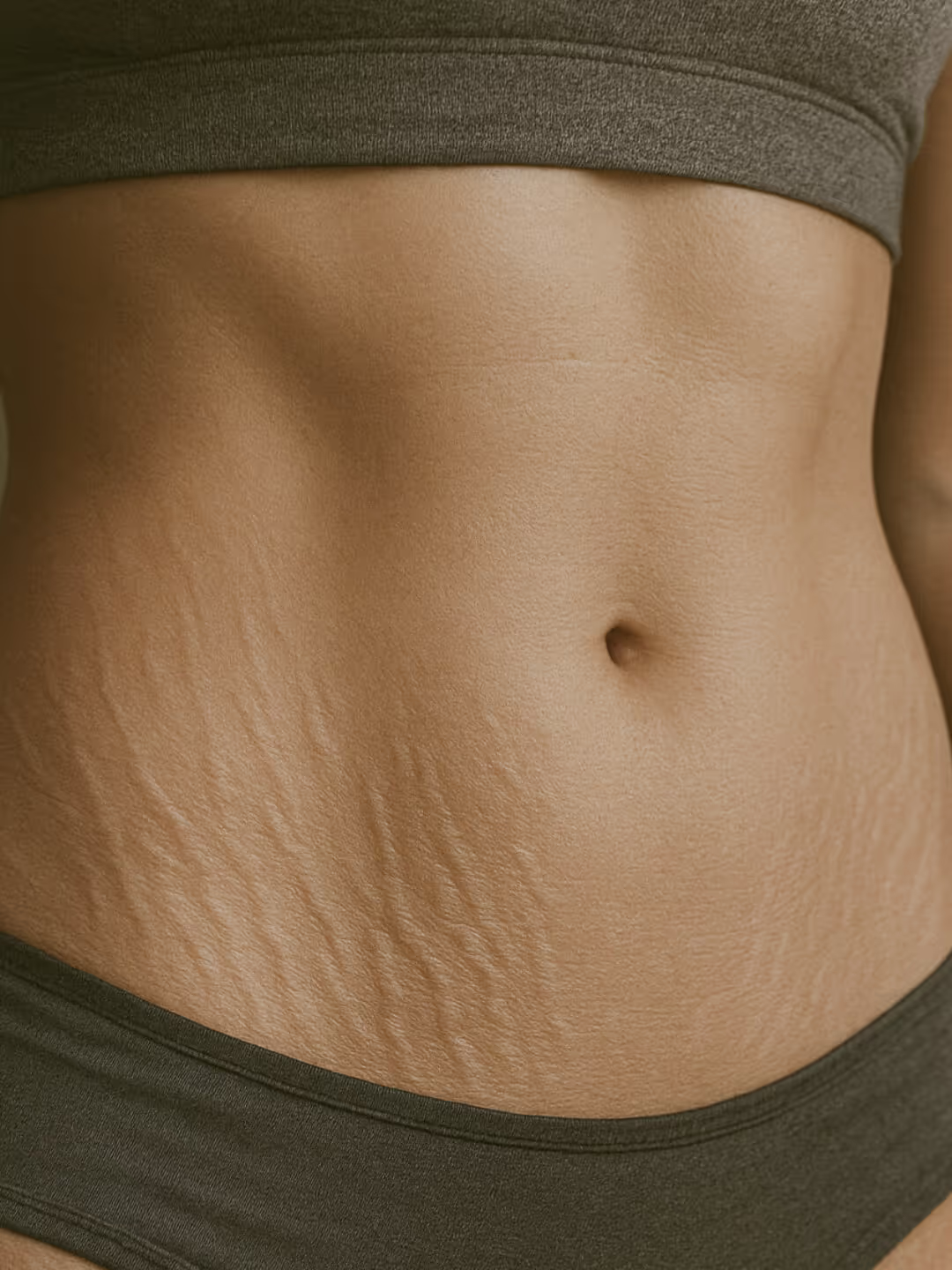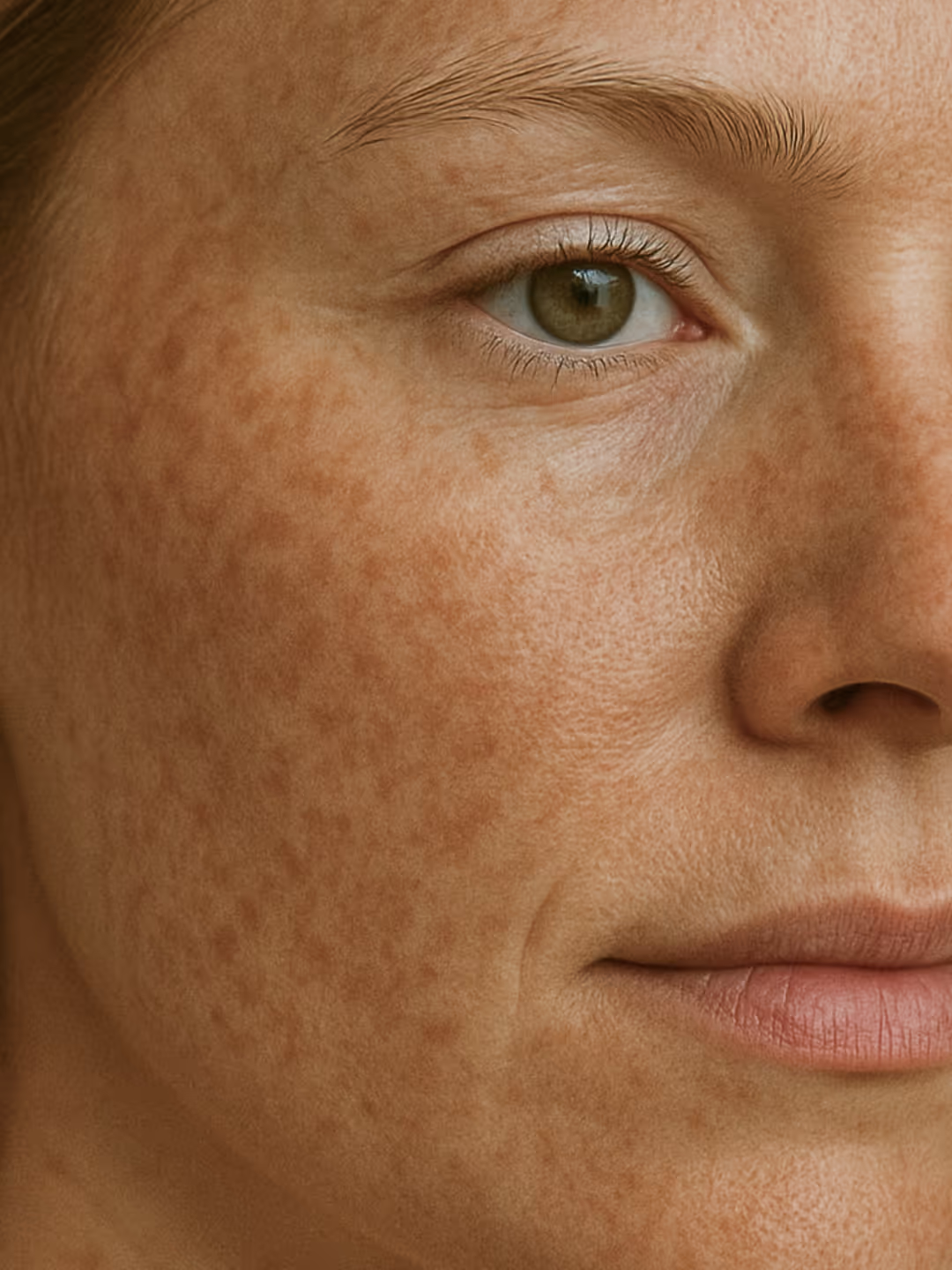Pigmentation & Dark Spot

Condition Overview
Pigmentation and dark spots can develop due to a variety of factors, including sun exposure, aging, hormonal changes, inflammation, and genetics. These spots, also known as hyperpigmentation, can appear as age spots, freckles, melasma, or post-inflammatory pigmentation from acne or skin trauma.
At The Face Institute, we offer scientifically advanced treatments that target excess pigmentation at its source, breaking down melanin deposits while restoring an even, radiant complexion. Our customized approach ensures safe and effective results for all skin types, preventing further pigmentation while improving overall skin clarity.
Understanding Pigmentation & Dark Spots
Hyperpigmentation occurs when melanin-producing cells in the skin become overactive, leading to uneven patches of discoloration. The most common causes of pigmentation include:
- Sun exposure, which stimulates melanin production, leading to sun spots and age spots
- Hormonal changes, such as pregnancy or birth control use, which can trigger melasma
- Inflammation, including acne, eczema, or injury, which can leave behind post-inflammatory hyperpigmentation
- Genetic predisposition, with some individuals naturally producing more melanin than others
While pigmentation is not harmful, it can affect skin tone and texture, making the complexion appear uneven or dull. Our targeted treatments work by breaking down excess melanin while preventing new pigment from forming.
Want to know more? Send us a message
Corrective Treatments
The Benefits
Find out how to manage pigmentation and dark spots with effective skin treatments at The Face Institute. Achieve clearer, brighter skin.
Reduces dark spots, sun damage, and age spots for a more even complexion
Prevents excess melanin production, reducing future pigmentation
Improves skin clarity, radiance, and overall brightness
Safe for all skin types, including darker skin tones prone to hyperpigmentation
Non-invasive treatments with little to no downtime
How We Treat Pigmentation & Dark Spots
Our Step by Step Process
At The Face Institute, we take a multi-faceted approach to treating pigmentation, using advanced technology and medical-grade skincare to lighten existing discoloration, prevent future pigmentation, and improve overall skin health.
Step 1: Light-Based Therapy for Pigment Breakdown
Sciton BBL HEROic and Sciton Moxi Laser are cutting-edge light and laser therapies that target excess melanin in the skin. These treatments:
- Penetrate deep into the skin to break apart pigment clusters
- Promote natural skin renewal for a brighter, more even complexion
- Reduce redness, sun damage, and hyperpigmentation with minimal downtime
BBL HEROic uses broad-spectrum light to target and lift dark spots while stimulating collagen production. Moxi Laser, a gentle fractional laser, helps resurface the skin and fade stubborn pigmentation without damaging surrounding tissue.
Step 2: Chemical Peels for Skin Brightening
Chemical peels such as Vivier Peel and Jessner Peel use active ingredients to exfoliate the skin, accelerating cell turnover and removing pigmented skin layers. These peels:
- Improve the appearance of sun spots, age spots, and melasma
- Enhance skin tone and texture by increasing collagen production
- Offer controlled exfoliation, allowing for gradual and safe pigment reduction
Step 3: Microneedling with Exosomes for Deep Skin Repair
Microneedling with the DP4 Microneedling Device, combined with exosome therapy, helps to rejuvenate the skin at a cellular level. This combination:
- Stimulates collagen production to improve skin tone and texture
- Enhances skin healing and reduces post-inflammatory hyperpigmentation
- Strengthens the skin’s barrier to prevent future pigmentation issues
Step 4: Medical-Grade Skincare for Long-Term Pigment Control
In addition to in-clinic treatments, medical-grade skincare is essential for maintaining results and preventing new pigmentation. Our pigmentation-focused skincare solutions include:
- Vitamin C and niacinamide to brighten the skin and prevent further discoloration
- Tranexamic acid to inhibit excess melanin production and reduce stubborn spots
- Retinol and AHAs to improve skin renewal and keep the complexion smooth and radiant
Scientific Credentials and Studies on Pigmentation Treatment
A 2022 study in the Journal of Cosmetic Dermatology found that BBL phototherapy significantly reduces pigmentation, improving overall skin tone and reducing melanin production in targeted areas.
A 2023 clinical trial published in the International Journal of Dermatology confirmed that chemical peels combined with microneedling offer superior results in reducing sun damage and post-inflammatory pigmentation, with improved collagen regeneration and fewer side effects compared to standalone treatments.
Treatment Areas
Face
- Fades sun spots, age spots, and melasma
- Improves post-acne hyperpigmentation
Hands and Décolletage
- Lightens sun-induced discoloration and improves skin tone
- Prevents further sun damage with collagen stimulation
Body
- Treats areas affected by sun exposure, including shoulders, arms, and legs
- Reduces pigmentation from scars or previous skin injuries
Who is a Good Candidate for Pigmentation & Dark Spot Treatment?
- Individuals experiencing sun damage, age spots, or melasma
- Those with post-inflammatory hyperpigmentation from acne or skin irritation
- People seeking a non-invasive solution for an even, radiant complexion






